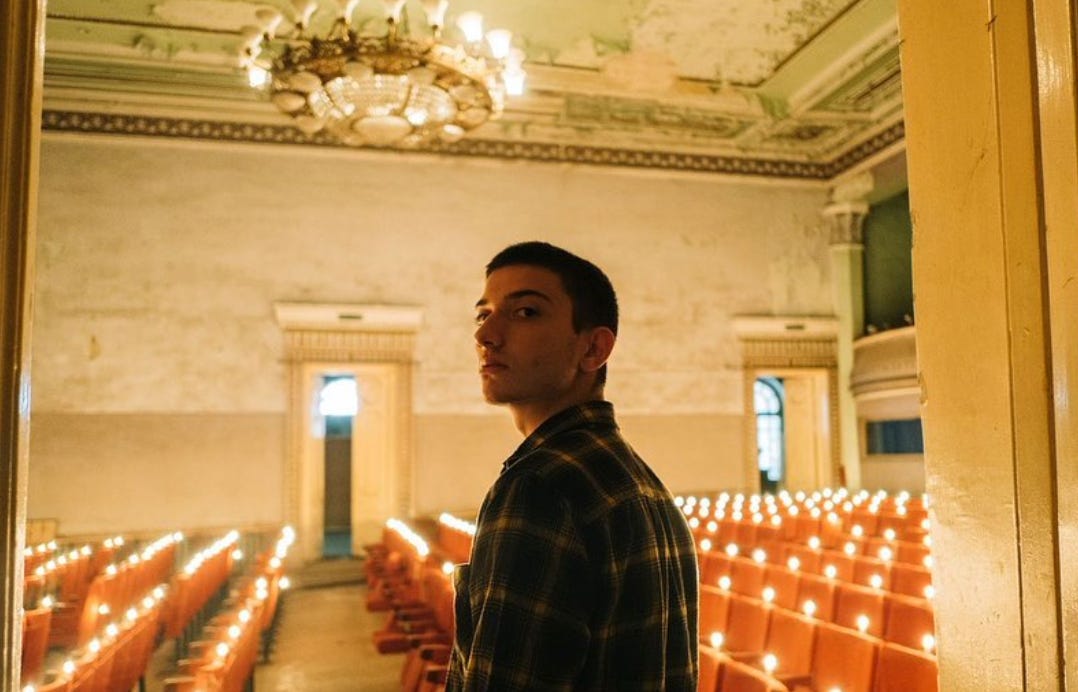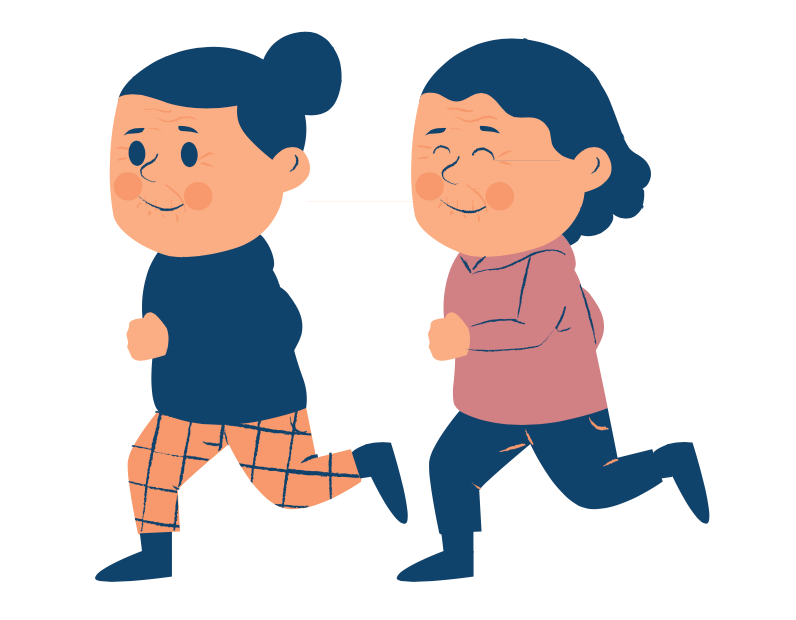Your Namak for Friday, November 19
Azerbaijan attacks Armenia proper, civilian throws grenade at Azerbaijani checkpoint and Human Rights Defender says Security Council statement violates Constitution.
Hi there, here’s your weekly briefing of Armenian news in English, curated, reported and fact-checked by journalists Astrig Agopian and Maral Tavitian.
Azerbaijan Launches Deadly Attack in Armenia Proper
On the afternoon of November 16, the Azerbaijani Armed Forces launched a full-scale offensive in Armenia’s southeastern Syunik region, near the border with Nagorno-Karabakh and Iran. The Armenian Ministry of Defense announced that it lost two military positions in the fighting, 13 Armenian servicemen were captured and 24 others were reported missing. The Ministry confirmed the deaths of six Armenian soldiers, but in an interview with Azatutyun TV, Eduard Aghajanyan, Chairman of the Parliamentary Standing Committee on Foreign Relations, said as many as 15 died in the hostilities. A Russia-mediated ceasefire took effect on Tuesday evening, and the situation at the border has relatively stabilized, although Azerbaijan has not withdrawn its troops.
The Armenian authorities publicly called on Russia to intervene, but did not submit an official written request for assistance under the Collective Security Treaty Organization (CSTO). Armenia is one of the founding members of the CSTO, an intergovernmental military alliance that includes Russia and five post-Soviet states. In a public address, Armenian Prime Minister Nikol Pashinyan stated that Azerbaijan has been occupying 41 square kilometers of sovereign Armenian territory since May 12, when several hundred Azerbaijani troops entered the Syunik and Gegharkunik regions.
Azerbaijan Fires Sporadic Gunshots in Tavush Region
In the middle of the night on November 17, the Azerbaijani Armed Forces opened fire on Armenia’s northeastern Tavush region. The Armenian Ministry of Defense confirmed the attack in a statement published on November 18, noting that no victims or damages were reported and the situation had stabilized.
Nagorno-Karabakh Civilian Throws Grenade at Azerbaijani Checkpoint
On November 13, an Armenian civilian threw an explosive device at an Azerbaijani military post near the city of Shushi. The Stepanakert-Berdzor road (Lachin Corridor) was closed for a few hours following the incident. The Azerbaijani authorities reported that three of their soldiers were wounded in the altercation. The man was arrested and detained by Russian peacekeepers before being handed over to the Artsakh (Nagorno-Karabakh) authorities and freed. He is believed to have acted in response to the killing of an Armenian civilian he was related to. On November 8, Azerbaijani servicemen opened fire on four civilians repairing water pipes in Nagorno-Karabakh, killing 22-year-old Martik Yeremyan and injuring three others.
Human Rights Defender Says Security Council Statement Violates Constitution
In a statement published on November 15, the Human Rights Defender of Armenia Arman Tatoyan said that an Armenian Security Council announcement violated the Armenian Constitution. On November 10, Secretary of the Armenian Security Council Armen Grigoryan announced that the Azerbaijani authorities will establish checkpoints on the road connecting the cities of Goris and Kapan in the Syunik region. Tatoyan noted that six villages face serious humanitarian concerns due to the presence of Azerbaijani checkpoints on the main roadway connecting them to the rest of Armenia. Tatoyan wrote, “Azerbaijani control over the mentioned roads violates the internationally recognized fundamental rights of the Armenian population, as guaranteed by the country’s Constitution.”
Armenian Minister of Defense Fired
On November 15, Armenian Defense Minister Arshak Karapetyan was dismissed from his post and replaced with Suren Papikyan. Papikyan, who had been serving as Deputy Prime Minister, has no military background.
Arthur Harutyunyan: Meet our 19-year-old graphic designer and war veteran from Martakert
“I tried to imagine what I would tell my family on the phone when I could talk to them for the first time after all this.”
Arthur Harutyunyan looks like a typical university student, running around with his backpack, spending too much time on his phone. He smiles a lot and always seems to be gleeful. His English is surprisingly flawless for a young man who grew up in Martakert, Nagorno-Karabakh.
When we started this newsletter, we wanted to hire a graphic designer from Armenia or Nagorno-Karabakh. We discovered Arthur’s work on Instagram and were immediately drawn to his minimalist style. But because Arthur is a 19-year-old Armenian boy, we knew his life was not typical. At first, he did not mention what he had endured, and we did not ask about it.
But we knew that one year ago, he was 18 years old, and completing his military service during the 44-Day Nagorno-Karabakh War. What we did not know was that Arthur was one of “the six” –– a group of six young soldiers who went missing in action and survived in the wilderness for more than two months. When the young men were rescued and returned to Armenia weeks after the war ended, they captivated the Armenian public with their spirit. As Arthur kindly agreed to tell us his story, we would like to share it with you.
Arthur attended high school in Stepanakert, Nagorno-Karabakh’s capital city, and was accepted to the American University of Armenia in Yerevan. Before starting his studies, he joined the army to complete his mandatory two-year military service. He had only been serving for two months when the war broke out.
“I guess every person wonders when starting his military service, could there be a war or not? And especially as someone from Artsakh, I have always felt that tension,” Arthur says. “But I always thought that my service would pass uneventfully. I never thought that I could end up in stories like this.”
In the early days of the war, Arthur and his friends drew comparisons with the Four-Day War in April 2016, thinking the fighting would stop in a few days.
“When one week passed, we stopped counting the days,” Arthur says. “We realised it was going to be very serious.”
Arthur was deployed to Jabrayil, in the south of Nagorno-Karabakh, where some of the heaviest losses occurred. He describes standing along the frontline, fighting against an invisible enemy.
“The majority of the war was fought from above,” Arthur says. “They had concentrated all of their power on the air. Simply put, we were underneath the drones.”
Arthur describes the constant whir of the drones buzzing overhead.
“There were so many drones,” Arthur says. “The Kamikaze ones, you hear them coming, they look for groups of people and just crash on them. When we heard them we had to freeze. I still remember that noise.”
On October 10, Arthur was among a group of approximately 100 soldiers who were surrounded by Azerbaijani troops near the region of Hadrut. The group dispersed into many smaller units, and Arthur and his five friends decided to stick together. The young men remained missing until December 20, more than one month after the trilateral agreement ending the war was signed on November 9.
Hadrut was among the territories transferred to Azerbaijani control in the days following the ceasefire. But by this time, Arthur and his friends had lost cell service. They guessed that the war had stopped when they no longer heard the sound of artillery fire, but the group had no way of communicating with the Armenian side.
During the day, they would collect food from homes in abandoned villages, then retreat to the forest to sleep, where it was easier to avoid detection. Even as winter set in and their food supply became scarce, the six young men found the resolve to push forward. Their friendship played a key role in keeping their spirits high.
“We were constantly giving each other strength,” Arthur says. “When one of us became a bit sad, the others would give him hope and remind him that everything is going to be fine.”
Arthur’s family was his greatest motivation during those days. When he was tempted to give up, he would immediately think of his loved ones.
“If I did not have people for whom I wanted to live, then I would not have kept fighting,” Arthur says. “I tried to imagine what I would tell my family on the phone when I could talk to them for the first time after all this.”
On the final days of their ordeal, the young men walked toward a mountain from which they saw the lights of a village in neighboring Iran. Using batteries they had recovered, they produced energy to charge one of their phones. They found cell service and called the Armenian side, informing the authorities of their whereabouts. Three days later, with the assistance of the Russian peacekeeping forces and the International Red Cross, the boys were rescued.
When he arrived in Yerevan, Arthur underwent surgery and recovered in the hospital for one month. All of the soldiers had serious health issues, suffered from hypothermia, and some lost limbs.
Arthur now lives in Yerevan with his two older sisters. He studies engineering and interns at the photo-editing application Picsart. When asked about his greatest dream in life, Arthur says he plans to travel the world before returning to Martakert. His goal is to beautify his hometown and fill it with young life.
“This war has shown me that this land is very important. Artsakh is very, very important,” Arthur says. “If everyone decides that they are going to leave and live somewhere else, that small piece of land that is left, that will also become theirs. Everyone must try to live in Artsakh.”
To listen: Armenia’s Continuous Security Dilemma, a podcast the breaks down the latest Azerbaijani offensive in Armenia and its long-term security consequences.
To watch: The Armenian Dating Show, a new series that follows Armenian singles in Los Angeles on their quest for love.
That’s it for today, see you next week!
Questions? Story ideas? An urge to say barev/parev? You can send us a secure email at namaknews@protonmail.com.








